Nearly three decades ago, Russian Chief Rabbi Berel Lazar was instrumental in saving the Kaliningrad Jewish cemetery from destruction. This year, another shliach assisted in building a structure over the grave of Reb Yisroel Salanter in the same cemetery.
Nearly three decades ago, Russian Chief Rabbi Berel Lazar was instrumental in saving the Kaliningrad Jewish cemetery from destruction. This year, another shliach assisted in building a structure over the grave of Reb Yisroel Salanter in the same cemetery.
The building of the structure was completed in time for the 138th yahrzeit of the renowned rabbi and scholar, founder of the Musar movement, Rabbi Yisrael Lipkin, more commonly known as Reb Yisroel Salanter. It took the joint work of his descendants, the Ohalei Tzadikim Association, and the local Chabad shliach Rabbi Avraham Baruch Deitch to build the structure over his gravesite in the Russian city of Kaliningrad (once Königsberg).
Before the Holocaust, there were three important Jewish cemeteries in the historic city of Königsberg in which dominant rabbinical figures were buried throughout the years, such as Reb Yisroel Salanter OBM and Rabbi Arie Leib Epstein OBM.
Approximately 30 years ago, Rabbi Reuven Dessler, a descendant of Rabbi Salanter, began searching for his forefather’s resting place and discovered that the cemetery was planned for destruction. The local municipality planned to build a residential building and erase the ancient and historic remnant of Jewish life in the region.
Due to intense pressure by Rabbi Berel Lazar, the Chief Rabbi of Russia, the plans were canceled and two of the cemeteries were saved and a gravestone was erected over the grave of Rabbi Salanter.
A few months ago, following the arrival of Rabbi Avraham Baruch Deitch to serve the local Jewish community, the next step was taken. At first, a structure was built surrounding the grave, and more recently a larger structure was build above the grave to ensure that visitors could come and pray with ease.
The work took place in collaboration with Rabbi Yisroel Meir Gabbai from the Ohalei Tzadikim Association and the family of Rabbi Reuven Dessler.
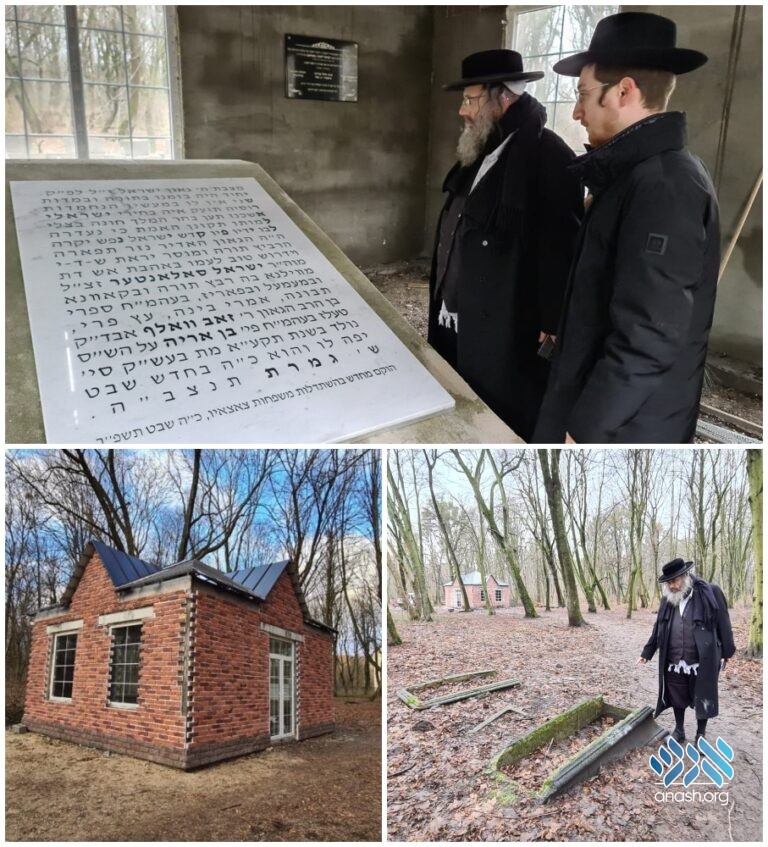
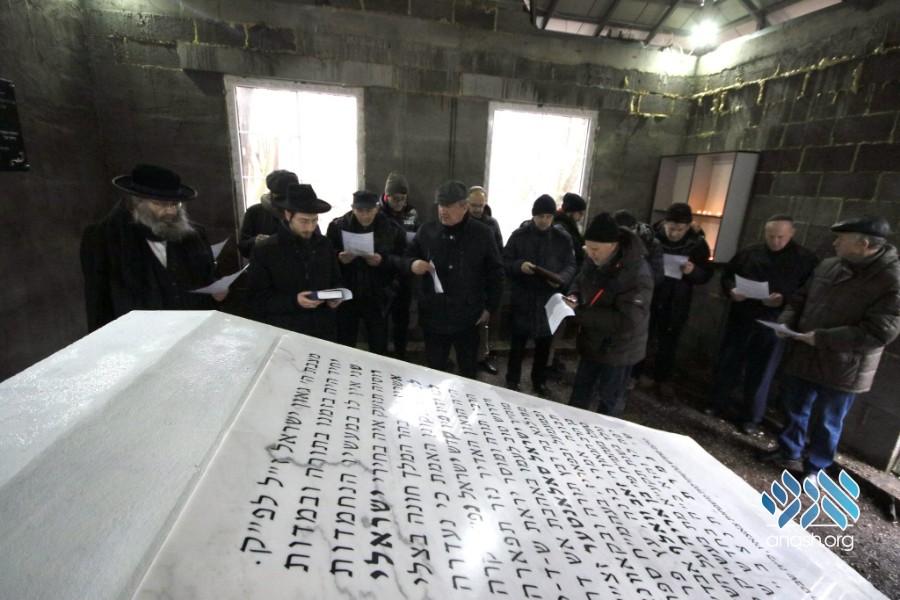

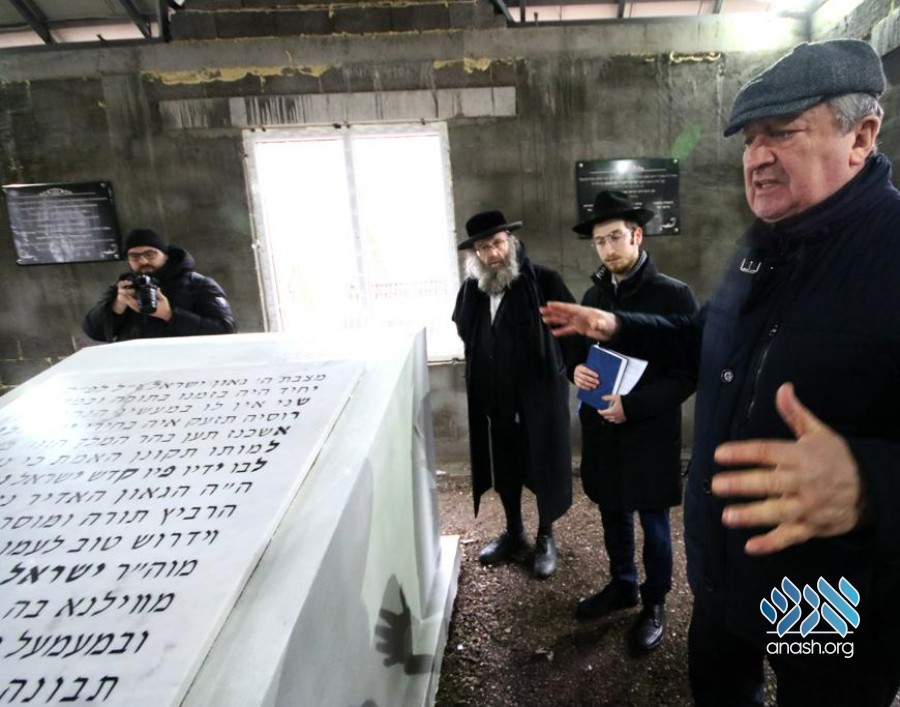
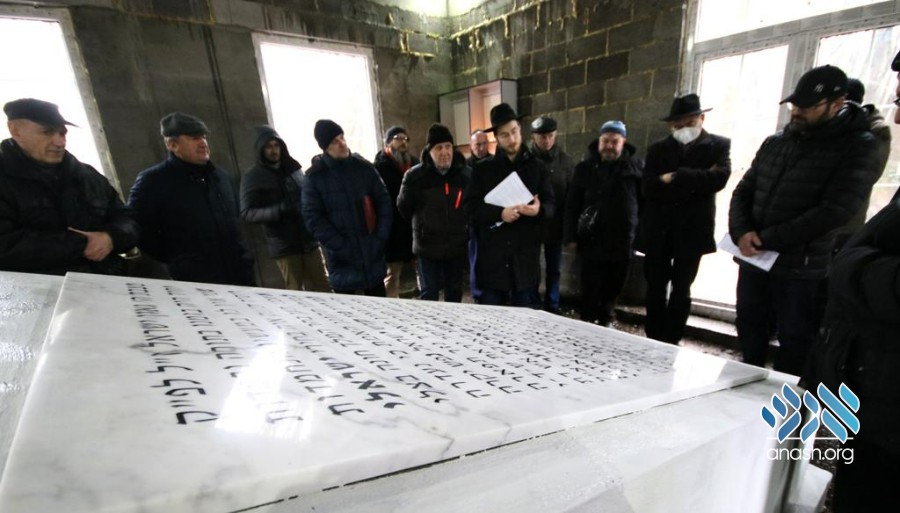
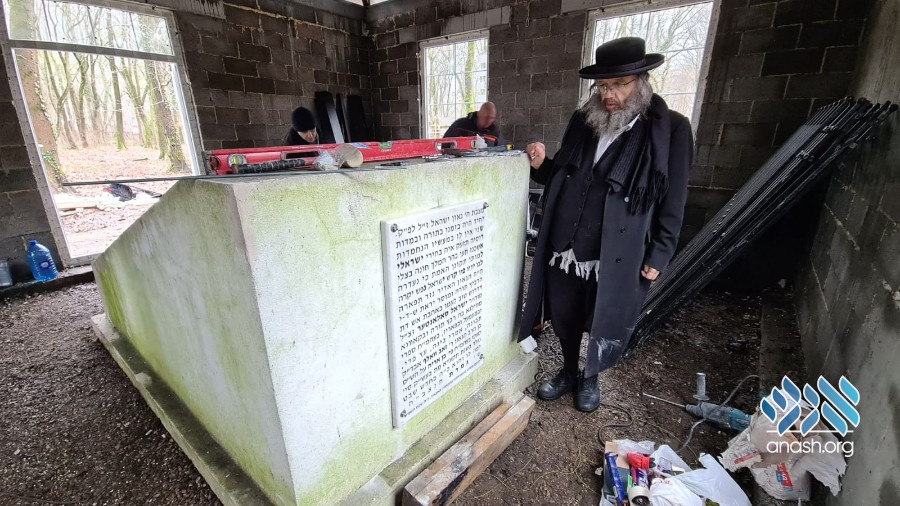
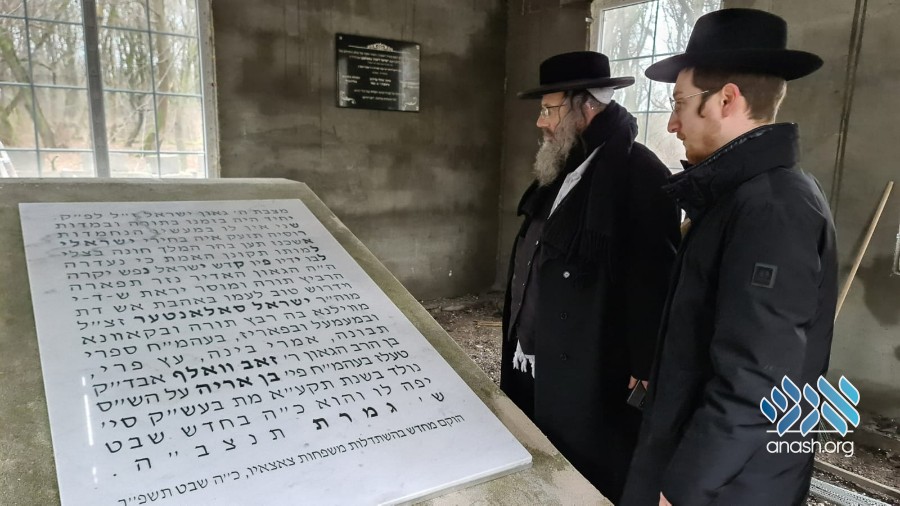
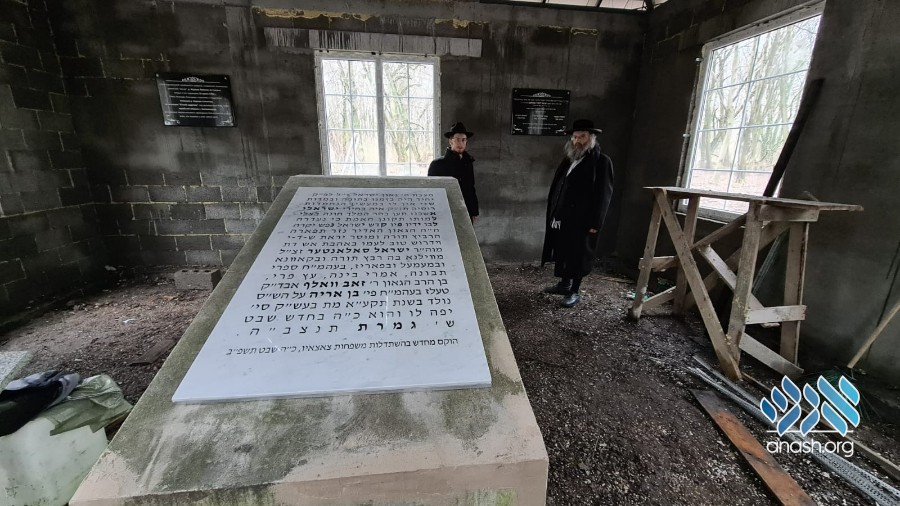
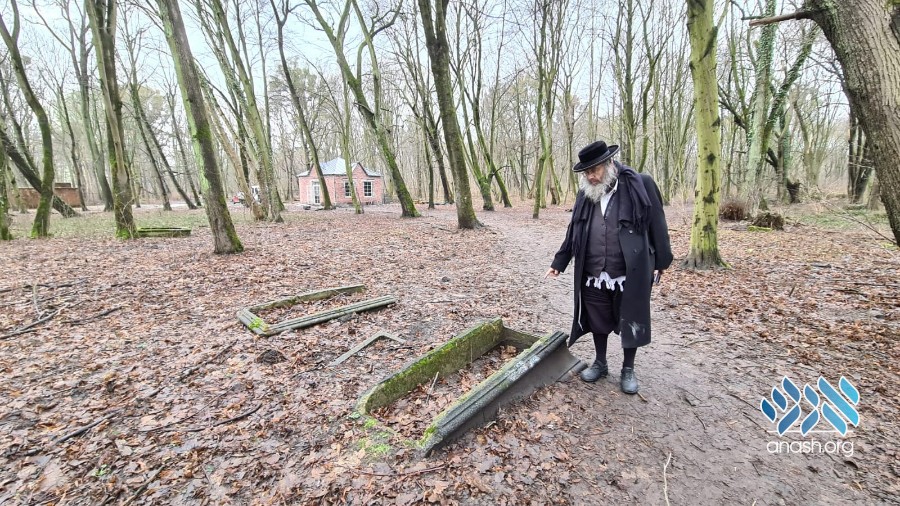
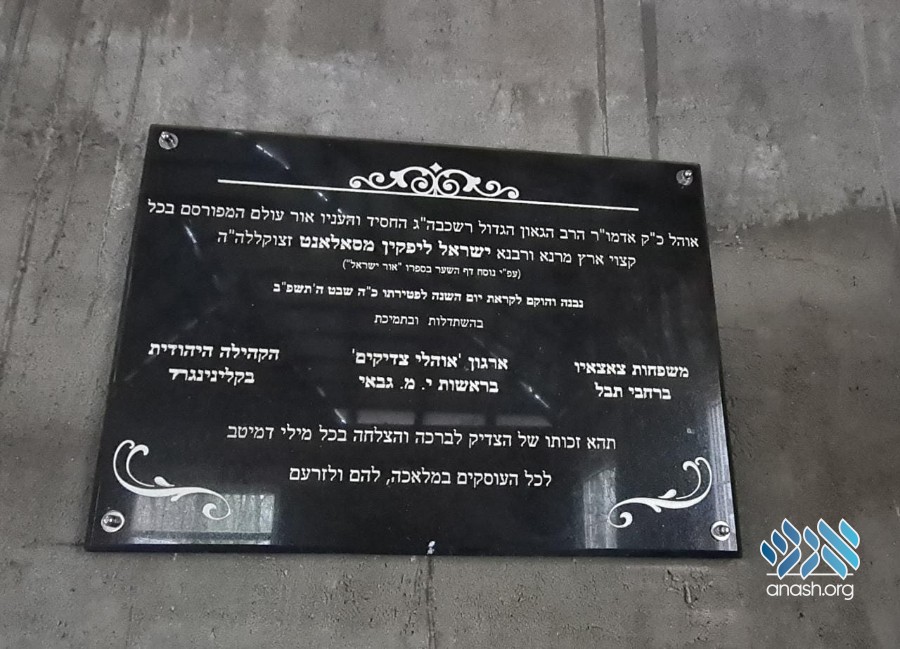

Discussion
We appreciate your feedback. If you have any additional information to contribute to this article, it will be added below.